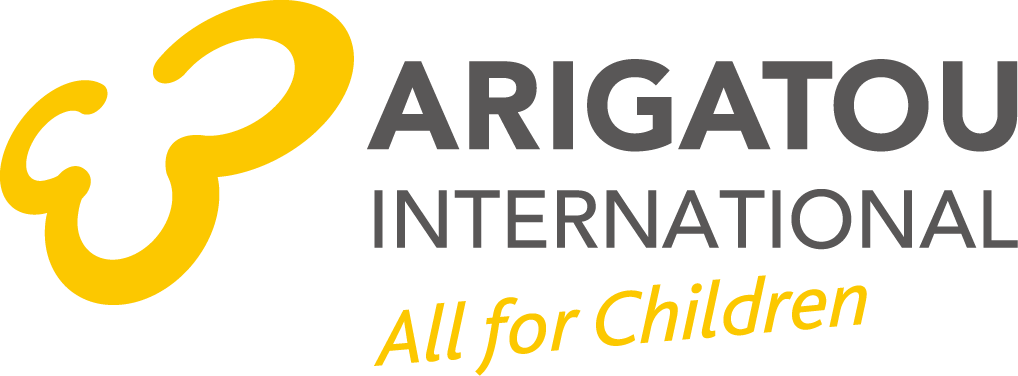- このトピックは空です。
-
投稿者投稿
-
6月 29, 2022 3:14 pm #102537Sandra Yepezキーマスター
- Considering the nine basic requirements and guiding principles, which ones do you think apply to Tamara’s experience? How do you think you can apply them to the work you do with children? Share some examples.
- What challenges do you foresee in applying the 9 basic requirements and how could you overcome them?
Share your views with the community:
7月 15, 2022 12:56 pm #102771Gabriela参加者Tamara’s activity during the pandemic was voluntary, mobilized the community she belonged to and had a strong impact not only locally but internationally through radio broadcasting. The collaboration between adults and children has led to a positive thing.
I think it is important to explain to the children what activities they want to carry out, to give them all the information and for their involvement to be voluntary and relevant for their evolution.8月 4, 2022 7:44 am #102882badrumusoke参加者1. During the pandemic Tamara activity was to mobilised her community which had great impact both in her community and outside community through the radio.
2. I do believe that it’s very important to involve the children in the activities that they want so as active participation.
10月 2, 2023 8:59 pm #1033801. I think ms Tamara’s community project with her priest is most based on the principles from 1 to 5, because it is very child-friendly but wasn’t inclusive and I have safety concerns with media projects with children.
2. The most complex issue I foresee is the proper age developmental pedagogical methodologies and practices in inter-generational scenarios for all the involved security.12月 25, 2023 10:55 pm #103559Kemi odukoya参加者Tamara’s community project clearly demonstrates the requirements for child participation. It is notably voluntary, child-friendly, inclusive, relevant, and adult-supported.
IAs per how I intend to adapt this to my own reality, I intend to henceforth engage children in projects that are children sensitive and relevant to the society. On certain occasions, we as adults tend to project our beliefs on children however by these guiding principles and Tamara’s video, I have come to learn and shall engage progressively that children have a right to participate voluntarily in projects that impact positively on them and also they need to be involved in children friendly policies. They have a right to be heard. They have a right to chose. They have a right to say No and they have a right to be respected.1月 20, 2024 2:10 am #103578Gabogabo参加者Considering the nine basic requirements and guiding principles, which ones do you think apply to Tamara’s experience? How do you think you can apply them to the work you do with children? Share some examples.
What challenges do you foresee in applying the 9 basic requirements and how could you overcome them?1. Voluntary, Relevant (as defined by the youth), Respectful (part of a faith practice they already followed), Transparent. I am curious how the communication around Safety (risks of involving youth in broadcasting) went, and how Accountability might be a part of this project.
2. It’s fantastically useful to have these as a checklist to refer to. An example that came to me while I was reading was planning in advance to speak to youth about what happens during an emergency as “Currently, the only people who are trained to be responsible in an emergency scenario are these named adults. So if there is an emergency, we will pause our collective decision-making and follow the directions of those people because we trust them to keep us safe.” There are a lot of scenarios I can see reframing that way, so that routine ways that adults take control become negotiated/informed instances of adults being granted power.
3. Building child-friendly language at different developmental levels seems like the biggest challenge…seems to me like it’s a call to learn how to communicate differently whole-cloth, and would take time and trust to develop between participants. -
投稿者投稿
- このトピックに返信するにはログインが必要です。
